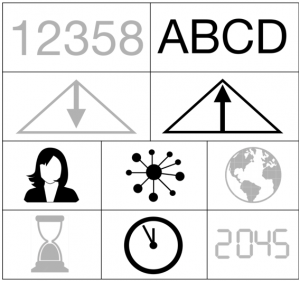Photovoice

Quantitative - Qualitative
Deductive - Inductive
Individual - System - Global
Past - Present - Future
In short: Photovoice is a participatory research method in which a researcher invites a community to document its experiences and reflect on local issues through photography. The goal is to encourage discussion, inspire a critical perspective on current issues and questions, which might even lead to social change. (Wang & Burris, 1997; Strack, 2010).
General
Photovoice is a participatory research method designed to gain individual insight into the lived realities of the analyzed community. This can either be just any community, a marginalized one, or the researcher´s own community. The method involves inviting individuals and communities to use photography to document their experiences. After the documentation process, the images are discussed and reflected on together with the researchers. The main objectives of this method are the following: Firstly, it aims to support individuals in documenting and reflecting on the strengths and challenges they see within their communities. Secondly, it seeks to foster critical dialogue by encouraging group discussions around the photographs. Thirdly, it enables researchers to learn from the communities they study, putting the communities in control of producing knowledge (Wang & Burris, 1997). Participants are provided with cameras as tools to express perspectives that might be underrepresented in their social system. The strength of this method is that by using imagery as an approach, it is more accessible to participants who find it difficult to express themselves verbally or in a written format, such as in communities with higher illiteracy rates. Like this, photovoice can be applied in a variety of contexts, including social-ecological settings (Strack 2010; Masterson 2018) and environmental or ecosystem research (Berbés-Blázquez 2012).
Background
Photovoice emerged in the 1990s and was originally developed within the context of women's health in rural China (Wang & Burris, 1997; Sutton-Brown, 2014). The issue was that in the rural areas of China, it was extremely difficult for women to actively engage in the decision-making process. Despite their knowledge of their communities and their desires and necessities, their voices were not taken into account. They were often not able to take part in conventional surveys and interviews due to their lack of participation, and reading and writing skills. Photovoice was developed as a guaranteed help to autonomously show topics that were relevant to their health and daily lives. Thus, all participants were able to articulate their knowledge and perspectives in the decision making process and to eventually come up with inclusive concepts of change (Wang & Burris, 1997). Over time, Photovoice has evolved into a globally applied method for exploring local knowledge on issues such as environmental change, social inequality, and well-being in complex socio-ecological systems (Masterson et al., 2018).
How it works
At its core, Photovoice involves gathering people who take photos to record their individual perspectives on a specific topic and then reflect on them in a group discussion or interviews.
Before getting started, it is important to obtain consent from all participants and people who might be photographed during the process. Apart from that, there are no uniform guidelines on how the method should be carried out in order to achieve useful results (Wang, 1999). However, the following steps form the basis of the implementation:
- Choose a relevant issue or topic you want to explore using Photovoice.
- Recruit a group of participants.
